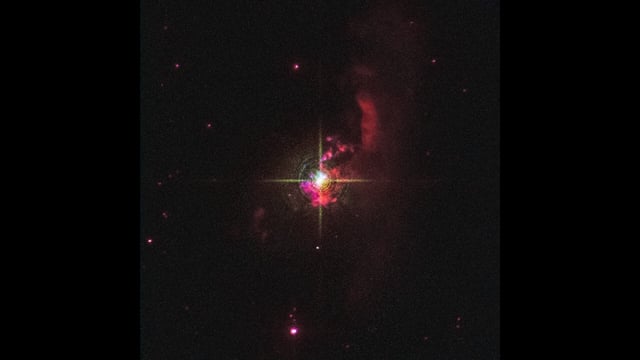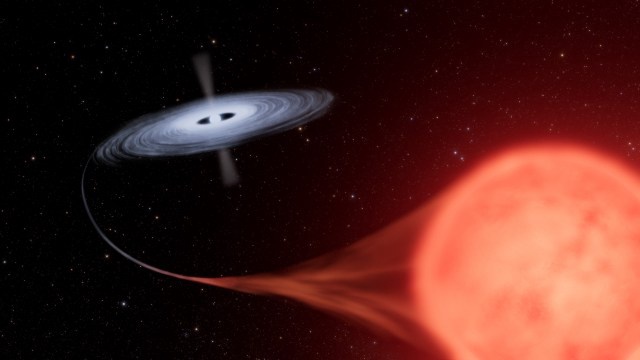Overview
- HM Sagittae, a binary star system, erupted as a bright nova in 1975 and has remained unusually luminous for decades.
- New data from Hubble and SOFIA reveals the system has become hotter but has paradoxically dimmed slightly.
- The white dwarf in the system shows increased temperatures, evidenced by a strong emission line of highly ionized magnesium.
- Infrared data indicates the giant companion star returned to normal behavior quickly after the explosion but has dimmed recently.
- Amateur astronomers continue to monitor HM Sagittae, contributing to the understanding of this rare and dynamic stellar event.

